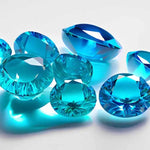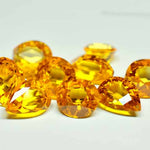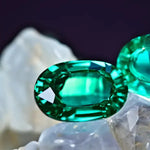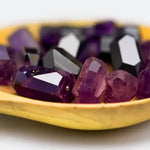925 Silver vs Sterling Silver: What's the Difference?
- by samet gulkaya
-

What is the difference between 925 silver and sterling silver?
The main difference between 925 silver and sterling silver is that 925 silver is an alloy made of 92.5% pure silver and 7.5% other metals, while sterling silver is an alloy made of 92.5% pure silver and 7.5% copper specifically. The term "925 silver" is often used interchangeably with "sterling silver," but technically, only silver that meets the 92.5% purity standard can be called sterling silver. Both types of silver are durable and high-quality, but 925 silver may be slightly more resistant to tarnishing due to the other metals in the alloy.
When shopping for silver jewelry or other silver items, you may come across the terms "925 silver" and "sterling silver." While these terms are often used interchangeably, there is a slight difference between the two. 925 silver is an alloy made of 92.5% pure silver and 7.5% other metals, which can include copper, zinc, or nickel. Sterling silver, on the other hand, is an alloy made of 92.5% pure silver and 7.5% copper specifically.
The reason for the difference in composition is due to the fact that pure silver is too soft to be used in jewelry or other items that will be subjected to wear and tear. By adding other metals to the silver, the resulting alloy is stronger and more durable. Both 925 silver and sterling silver are considered high-quality silver alloys, and are often used in fine jewelry and silverware. However, some people may prefer sterling silver due to its specific composition and reputation for quality. Ultimately, the choice between 925 silver and sterling silver comes down to personal preference and the specific needs of the item being purchased.




